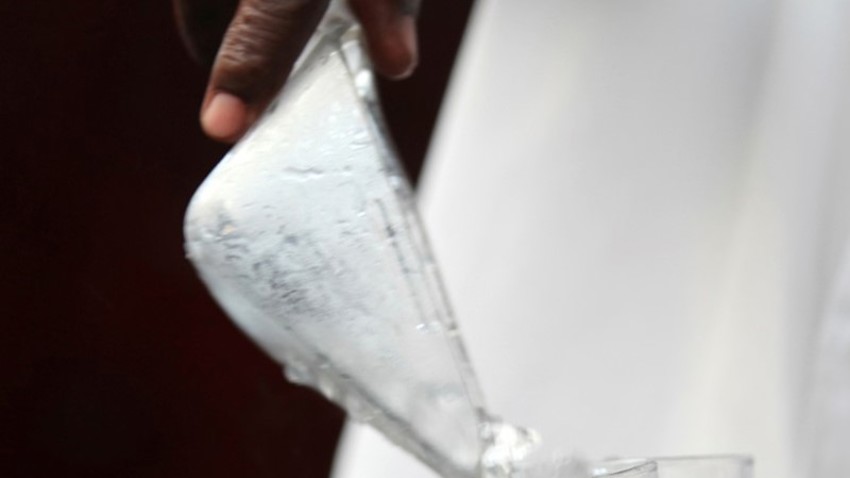
You’re on a train going nowhere fast, the air-conditioning is on the blink and the carriage is packed full. It’s hot, very hot. Sweat drips from your brow. Here comes the drinks trolley, crawling down the aisle. You should really have a bottle of water, but it’s been one of those days. You ask for a glass of wine. The host informs you the wine hasn’t been chilled. Your heart sinks. The carriage begins to spin. There is ice however, the man informs you. You look at him. You look at the wine. You look back at him. What do you do?
In this scenario, I’ve imagined most people just going for it. Of course, this is an extreme case. It’s a common and long held belief that adding ice to a wine is nothing short of madness. It’s easy to understand why. Imagine the work that has gone into creating the exact flavours, notes and mouthfeel of a glass of wine. The tireless craft of the winemaker dashed with one swoosh of an ice scoop.
That being said, we’ve seen a host of new wines created specifically for this purpose. Moët and Chandon along with Veuve Clicquot have launched champagnes to be poured over ice. It’s a style popular poolside on the French south coast. If you’re however not taking a dip in St. Tropez is it ever acceptable in Britain to add ice to a wine?
We have to decide what is worse; diluting the flavours of the wine or drinking it warm? Temperature can have severe effects on wines. Warm whites are flabby, sweet and missing many of their delicate flavours. That being said chilling a white too much will bring out the acidity of the wine giving it more of a sour taste, with the cold dulling flavours. It is though far easier to warm a wine than it is to cool a wine.

In the quest to get a wine served at the right temperature, I think you can have a free pass in some situations. If it’s extremely hot out and there are no ice buckets in sight, you’re stuck on a plane or train or if you just plain enjoy it! You can also get away with it when enjoying a wine specially made for ice or when making frosé, sangria or a spritzer.
Outside of these scenarios, you don’t need to resort to it. Some people recommend popping some grapes in the freezer to use in such situations. When a frozen grape defrosts you don’t dilute the wine at all. Likewise, if you freeze some wine into ice cubes to pop in when required.
If it is only time that you are short of there a few tricks to getting a bottle quickly down to temperature. Adding salt is one of the easiest; just fill an ice bucket, add some water and add some salt. The salt will lower the freezing temperature of the water allowing it to get colder quicker. You could also wrap a wine in a wet paper towel or cloth and stick it in the freezer for 10 minutes.
Whatever you choose to do, we won’t judge. Do whatever you like with a wine as long as it satisfies you or indeed a customer, Wine is about enjoyment first and foremost.
Interested in finding out more? Get in touch with your account manager about we can help develop your wine range or click here to arrange a meeting with one of our team.

